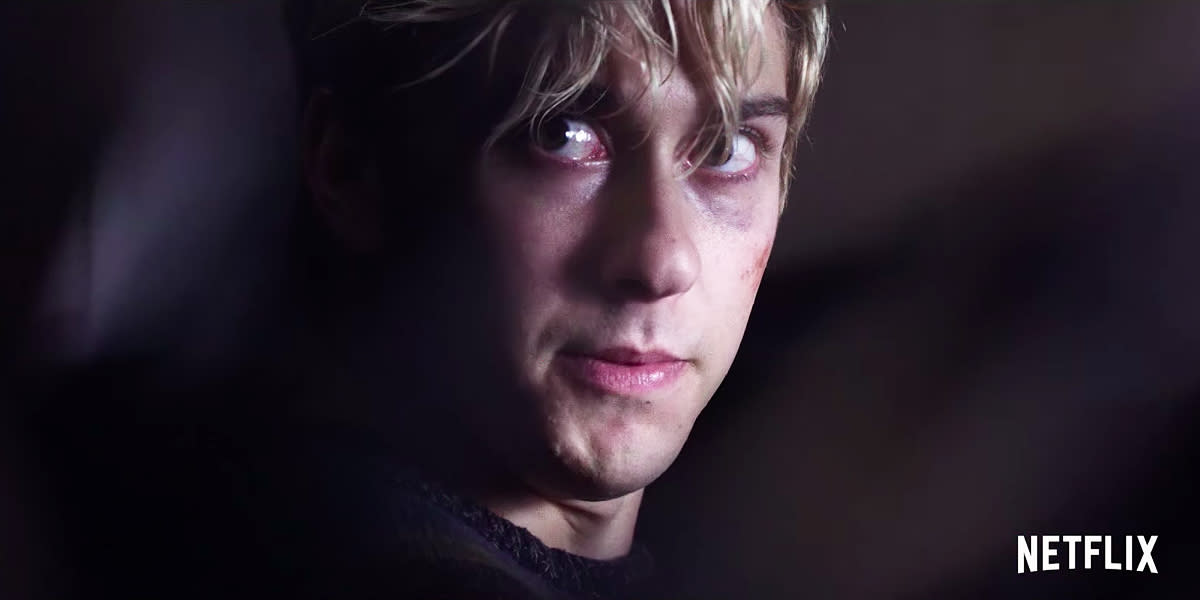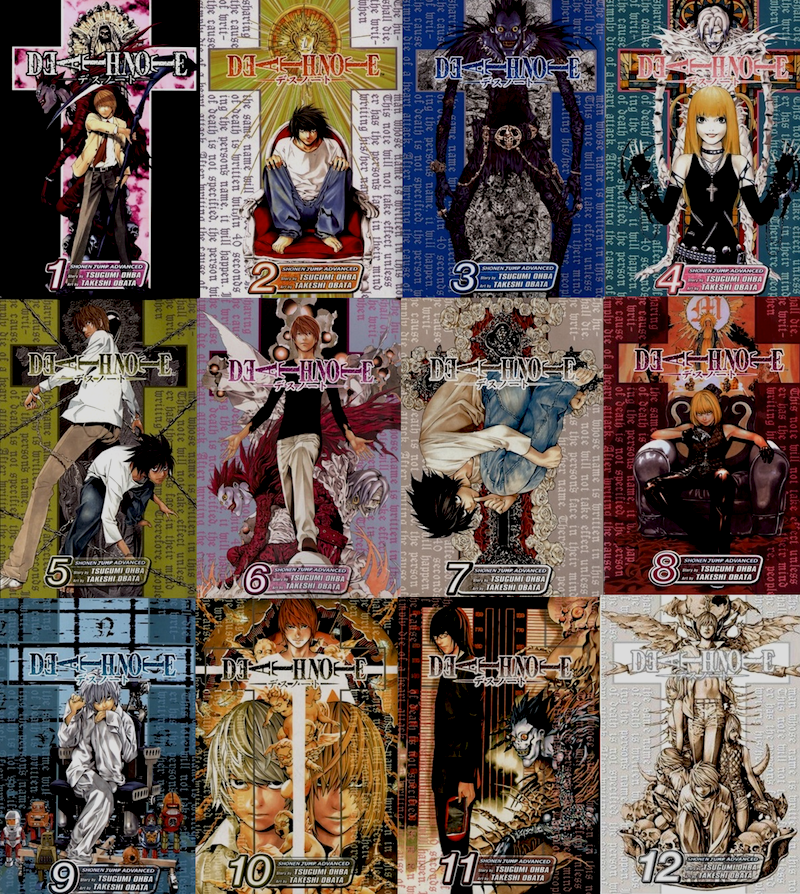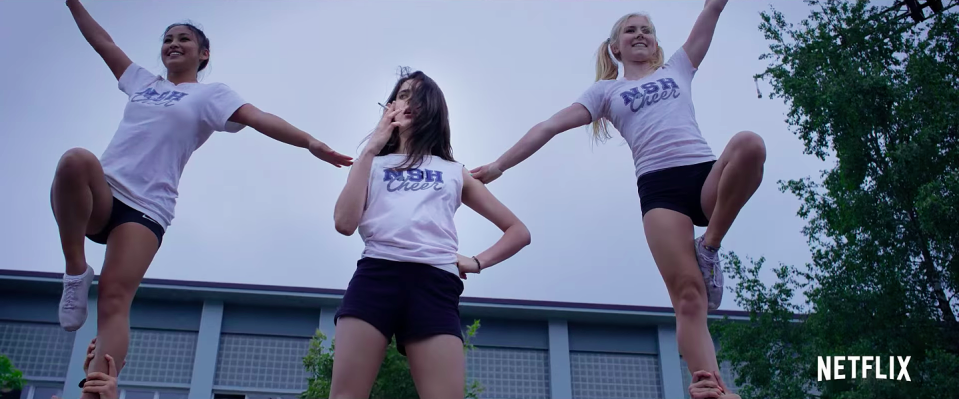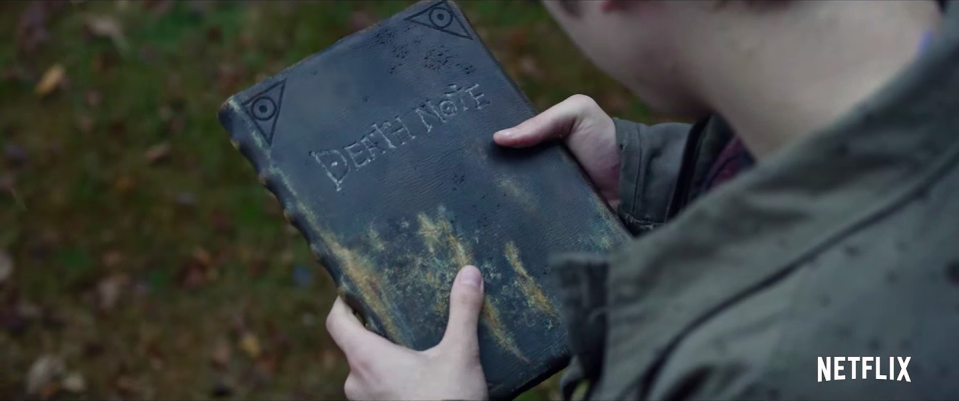Netflix Has Whitewashed Its "Death Note" Remake

In its original form, Death Note is a classic manga (Japanese comic book) series about a young man who finds a notebook - a Death Notebook, if you will - that can kill people, just like that, when their names are written within it. As he murders more and more (and more) people with the Death Note, we quickly come to realize that he is not the picture-perfect teen student you might have first thought he was. He’s an evil person doing very evil things. It’s a fascinating tale about morality, power, and what happens when strict, black-and-white value systems are taken to the extreme.

The manga was adapted into a hugely popular movie series, an animated TV series, and even a musical in Japan and Korea. Production of a U.S. adaptation was announced in 2015 by Warner Bros; Netflix bought the rights in 2016. With the recent release of a teaser trailer, it seems fair to say that remake looks like it's going to be ... bad.
The biggest criticism leveled so far is that a majority of the primary cast has been whitewashed, with white actors replacing characters of color. Death Note’s original lead character was a Japanese teen named Light Yagami. In Netflix’s version, he is now Light Turner - a white teen living in Seattle - played by Nat Wolff. His love interest is no longer Misa Amane, but Mia Sutton, played by Margaret Qualley.

This isn’t necessarily surprising given Hollywood’s long and unfortunate history of whitewashing - not to mention the backlash Netflix faced just recently for its Iron Fist series - but it remains disappointing. (The third major character, L, a mysterious and world-renowned detective brought in to track Light down, is now being played by black actor Keith Stanfield - more on that later.)
Even back when the casting was first announced, many fans were outraged. A 2015 Death Note News article on the controversy includes allegations from Edward Zo, a young Asian-American actor. In a video, he states that he “was told to [his] face that they were not looking to see Asian actors for the role of Light Yagami.” Researchers behind the USC Annenburg study Inclusion or Invisibility? discovered that in half of all U.S. films, TV, or streaming shows, Asian-Americans do not have speaking roles - or even appear onscreen. So an American adaptation of anime stories (originally a Japanese medium) should represent a rare and incredible opportunity for representation. When anime adaptations are one of the few chances to get an Asian-American actor a lead role, it’s painful to see it taken away. And look, we’ve seen Netflix shows like Luke Cage met with critical acclaim, so it’s clearly possible to produce a show with people of color at the forefront and have it kick ass.
Also, while Netflix’s Death Note has a lack of Asian-American representation, it seems to have too much of something else - high-adrenaline action scenes and over-the-top stunts. In the trailer, Light is running from the police and hanging from a Ferris wheel. “It’s got nudity, it’s got swearing, it’s got a ton of violence,” director Adam Wingard told Collider, adding that there’d also be copious gore and other “crazy things.” By contrast, the most memorable, if not only, “action scene” in the anime series is the infamous potato chip scene:
Part of what made the original Death Note so great - and so terrifying - was how mundane Light’s IRL life was compared to his murderous adventures as Kira (the nickname he gave himself when getting his kill on). He went to school, tutored his little sister, went on dates with pretty girls - then he’d go home and murder people every night with a few strokes of his pen. The fetishization of drama and violence seemingly added in order to appeal to a wider American audience is lazy and feels like the antithesis to what made the original Death Note so great.

And let’s play this high-action anti-hero narrative out some more: in the manga, Light’s initial goal is to use his Death Note’s powers to rid the world of who he deems “bad people,” primarily criminals. He first comes to the world’s attention, in fact, by killing convicts - high-profile convicts - in the Japanese prison system. Because Japan is an incredibly homogenized country, he ends up killing mostly Japanese men; here, however - and at least if Netflix’s adaptation is faithful to the original plot - we're likely to have a storyline in which white male Light Turner will be culling from a population of incarcerated people he has deemed unworthy. A population that, in the United States, is disproportionately skewed towards black and brown men. Oh, and let’s not forget about L, the aforementioned uber-detective: Even as the sole “good guy” character, spoiler alert, Light kills him too!
Light Turner could easily end up looking like a white supremacist.
By resetting Death Note in this "all-American" context, there’s a serious racial justice issue to deal with, or Light Turner could easily end up looking like a white supremacist. That's a speculative worse-case scenario, sure - the footage released so far is just a glimpse of what’s to come, but the signs are as ominous as the trailer is, again, bad. This could have been a chance to reframe the morality issues that made the original Death Note so popular and offer nuanced discourse of race relations in the United States. Whitewashing the primary cast and amping up clickbait stunt scenes, though, suggests the end product is going to be quite the opposite.
And perhaps the biggest reason why an Asian-American Light would have been better?
An angry white teen with easy access to a murder weapon isn’t new, original, or interesting.
Follow Linh on Twitter.
You Might Also Like

